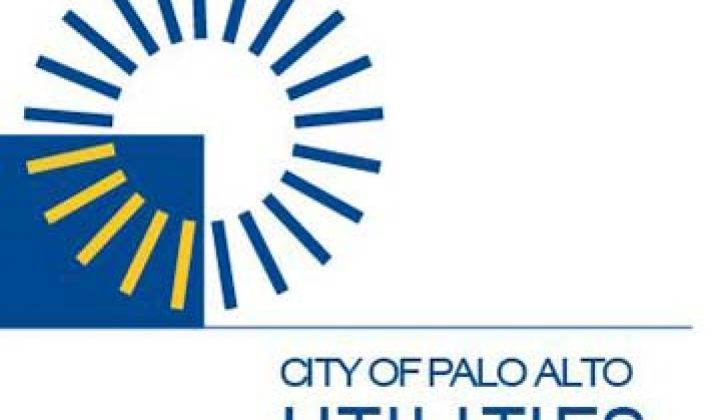Two months into 2012 and the municipal and cooperative utility market has already been a steady subject of conversation in smart grid circles.
The North American investor-owned utility is shrinking, which is prompting vendors to take a look at the munis and coops. The contracts are smaller, but there are thousands of utilities to court.
Although the market is attractive, munis are proving to be savvy customers that often can’t shoulder large costs without a guaranteed payback for the utility’s specific needs. The City of Palo Alto is a perfect example.
It wants to be a state-of-the-art utility that can provide energy savings, demand response, distribution automation and tiered pricing for electric vehicles, but it simply cannot justify the cost of electric smart meters, or even full-blown distribution automation projects at this time. On the other hand, it already enjoys high reliability, is employing feed-in tariffs and consumer-facing energy efficiency programs, like Opower reports. Any added bang will have to be worth its buck.
“One of the big cost drivers is the integration of the backend system,” said Shiva Swaminathan, who works with the City of Palo Alto Utilities.
The total AMI system for the city’s water, gas and electricity was estimated between $23.4 million to $35.2 million over 20 years, while the payback was only estimated at $18.5 million to $27.7 million, according to a report released recently by the city. The MDM cost was estimated at 40 percent of the AMI implementation costs, or about $6 million total.
A distribution automation system, including an outage management system integrated with a geographic information system would have cost $3 million, but the economic benefit was estimated at $2.7 million.
Of course, every single utility is different, so business cases cannot be compared on an apples-to-apples basis. But for cities that already have reliable power and relatively happy customers and other energy efficiency programs, smart grid plans will likely stay in the wings for at least another year or two. Palo Alto is also unique in that it is the only city in California with a utility that delivers gas, electric and water.
Being in the wings is also not the same as being shelved altogether. The report, which was produced by EnerNex for Palo Alto, outlines various pilots, including an electric vehicle time-of-use rate pilot, commercial demand response and a residential customer in-home display and smart meter pilot. Swaminathan said that the city is moving ahead with an EV pricing pilot, as customers are asking for differentiated pricing schemes. Nothing has been finalized, but the city is hoping to start a pilot this summer. The city estimates there are between 75 and 100 EVs in Palo Alto.
The city is also focusing on upgrading and future-proofing its gas and water meters as they need replacing as part of the regular maintenance plans. New meters will be retrofitable with radios that can in turn talk to smart meters.
Cost is the main driver for Palo Alto to be delaying any larger smart grid plans, but as metering costs come down and companies offer more comprehensive packages of MDM packages with their meters, Palo Alto does plan on moving forward with smart grid.
Larger acquisitions, such as that of eMeter by Siemens and SmartSynch by Itron, are attractive to some munis that are looking for one-stop shopping with holistic solutions. In Palo Alto’s case, it is also looking for a system that can interface with the SAP platform it is already using.
Cloud-based meter data management, which is being offered by various MDM vendors, is also attractive to smaller utilities that cannot pay the large costs of servers. Swaminathan said Palo Alto was keeping an eye on mergers and cloud-based services as it thinks about smart grid. The city is planning on putting forward an RFP for a smart electric meter pilot later this year, although the vendor it picks will need to do a whole lot more than just electric metering.
“The barrier is large to overcome because we’re a three-commodity utility, so we’re already efficient,” he said. “We need a good payback before we transform.”



